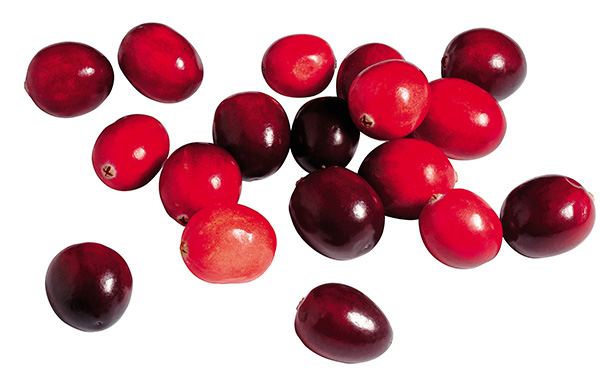A compound found in cranberries, called cranberry proanthocyanidin (cPAC), when used in combination with antibiotics, such as tetracycline, prevents resistance to antibiotics in Escherichia coli and Pseudomonas aeruginosa, according to researchers reporting in the journal Advanced Science (May 2019). In addition, the combined use of antibiotics with cPAC inhibits biofilm formation, another a route toward antibiotic resistance. This type of synergy—whereby one substance that does not normally produce a desired effect makes a second substance significantly more effective—is called potentiation. See also: Antibiotic; Antibiotic resistance; Biofilm; Cranberry

Potentiation by cPAC makes the bacterial cell wall more penetrable to the antibiotic and prevents bacteria from expelling the antibiotic from the cell through a mechanism known as an efflux pump. By inhibiting the efflux pump mechanism, cPAC allows antibiotics to remain effective at lower doses. See also: Bacteria; Drug efflux pumps
While these results are promising, the testing was done on bacteria cultured in the laboratory. Additional tests on insects, which are often used to model the mammalian infection process, are also returning promising results. Whether human testing will ever follow is yet to be determined. However, the significance of this research is that the mechanism by which cPAC potentiates antibiotics offers a new approach for further research in preventing antibiotic resistance as well as improving the effectiveness of currently available antibiotics. See also: Cell culture; Insecta





